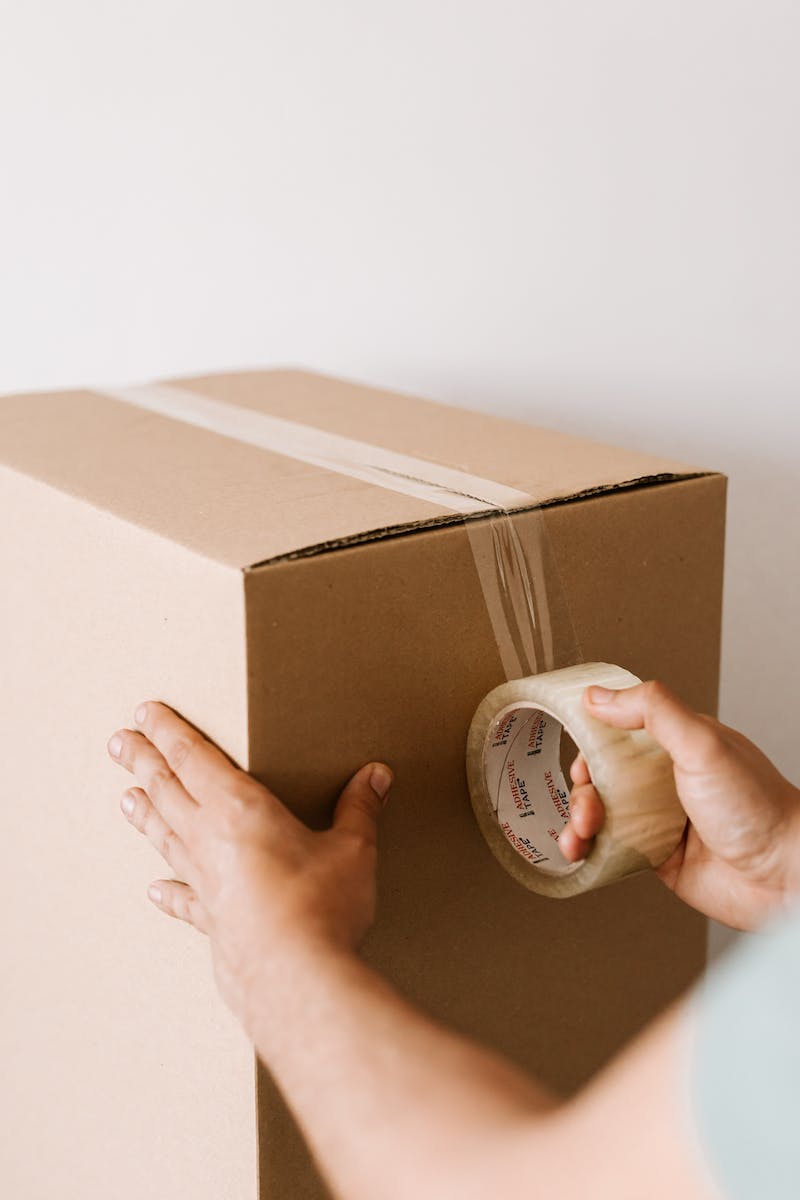Moving to a new location is an exciting yet challenging endeavor, especially when it involves covering long distances. The logistics of transporting not only your household belongings but also your vehicle can add a layer of complexity to the process. In this comprehensive guide, we will explore the key considerations and steps involved in long-distance moving with vehicle shipping. The FMCSA (Federal Motor Carrier Safety Administration) regulates and enforces safety standards for commercial motor vehicles to enhance road safety.
Assessing Your Needs
Before diving into the moving process, it’s crucial to assess your specific needs and requirements. Take stock of the items you plan to move, including furniture, appliances, and personal belongings. Additionally, consider the logistics of transporting your vehicle. Understanding the scope of your move will help you make informed decisions and plan effectively.
Researching Moving Companies
Choosing the right moving company is paramount for a successful long-distance move. Conduct thorough research to identify reputable moving companies with experience in both household and vehicle transportation. Look for online reviews, ask for recommendations from friends or family, and verify each company’s credentials, including licenses and insurance.
Obtaining Quotes
Once you’ve shortlisted potential moving companies, obtain detailed quotes for the entire move, including vehicle shipping. Ensure that the quotes cover all aspects of the relocation, such as packing, loading, transportation, unloading, and unpacking. Requesting quotes from multiple companies will give you a better understanding of the average cost and allow you to make an informed decision.
Planning the Timeline
Long-distance moves often require meticulous planning, especially when coordinating the transportation of a vehicle. Work closely with the moving company to establish a realistic timeline for the entire process. Consider factors such as the distance to be covered, transit times, and any specific delivery requirements for your vehicle.
Vehicle Shipping Options
There are several options for shipping your vehicle during a long-distance move. The most common methods include:
Open-Air Transport: This is a cost-effective option where your vehicle is transported on an open trailer. While it offers good value, your vehicle will be exposed to the elements during transit.
Enclosed Transport: For those seeking extra protection for their vehicle, enclosed transport provides a sealed environment, shielding your vehicle from weather conditions and road debris. However, it tends to be more expensive than open-air transport.
Driveaway Services: Some moving companies offer driveaway services where a professional driver relocates your vehicle by driving it to the destination. This option is suitable for those who prefer not to have their vehicle transported on a trailer.
Vehicle Preparation
Regardless of the shipping method chosen, proper preparation of your vehicle is crucial. Follow these steps to ensure your vehicle is ready for the journey:
Clean the Vehicle: Wash your vehicle thoroughly to make any existing damages or scratches more visible. Document the current condition with photographs for your records.
Remove Personal Belongings: Clear your vehicle of any personal items to prevent damage and ensure compliance with transport regulations.
Check for Mechanical Issues: Address any existing mechanical issues, and ensure your vehicle is in good working condition. This includes checking the tires, brakes, and fluid levels.
Disable Alarm Systems: If your vehicle has an alarm system, disable it to avoid unnecessary disturbances during transportation.
Insurance Coverage
While reputable moving companies carry insurance, it’s essential to understand the extent of coverage for your vehicle. Inquire about insurance options and consider obtaining additional coverage if needed. Knowing the insurance details will provide peace of mind in case of any unforeseen circumstances.
Monitoring the Move
Throughout the move, stay in communication with the moving company to track the progress of your belongings and vehicle. Most companies provide tracking services that allow you to monitor the location and status of your shipment in real-time.
Receiving Your Vehicle
Upon reaching your new destination, inspect your vehicle carefully for any damages that may have occurred during transportation. Use the documented photographs taken before the move as a reference. If you notice any issues, report them to the moving company promptly.
Climate Considerations
Long-distance moves often involve traversing diverse climates. Consider the weather conditions at your departure and arrival locations, and plan accordingly. Extreme temperatures, heavy rain, or snowfall can impact the safety of your vehicle during transportation. Discuss climate-related concerns with your chosen moving company and make arrangements to mitigate potential risks.
Customs and Regulations for International Moves
If your long-distance move involves crossing international borders, be aware of customs regulations and requirements. Each country has its own set of rules regarding the importation of vehicles. Ensure that you have all the necessary documentation, such as vehicle registration, proof of ownership, and compliance with emissions standards. Working with a moving company experienced in international moves can simplify this process.
Storage Solutions
In some cases, there may be a gap between when you vacate your current residence and when you can move into your new home. During this period, you may need storage solutions for both your household items and your vehicle. Check with your chosen moving company to see if they offer storage options or if they can recommend reputable storage facilities in the vicinity.
Conclusion
Embarking on a long-distance move with vehicle shipping requires careful planning and consideration. By assessing your needs, researching moving companies, and understanding the various vehicle shipping options, you can streamline the process and ensure a smooth relocation. With proper preparation and communication, your journey to a new location can be a positive and stress-free experience.





